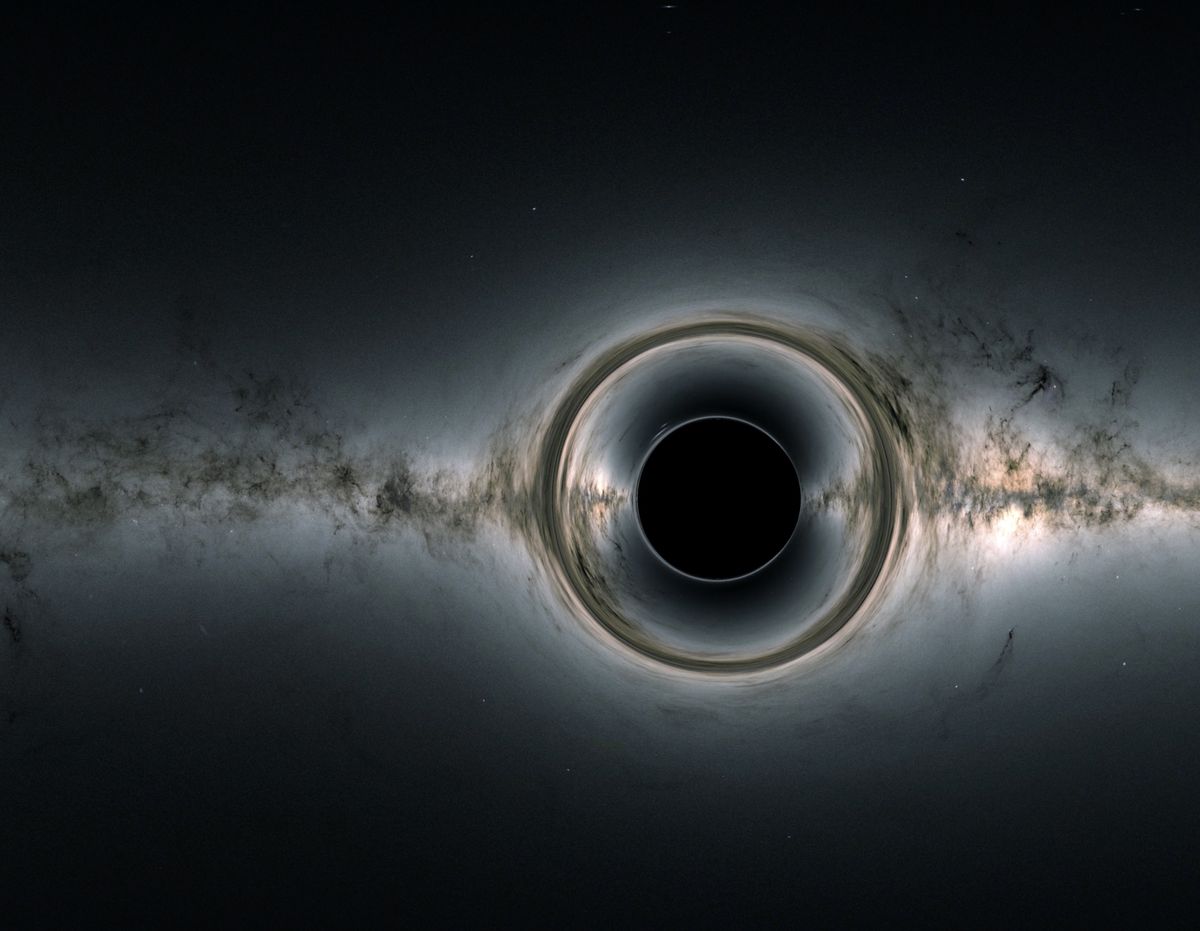
The known universe contains anywhere from 200 billion to 2 trillion galaxies, and while there’s a great deal of debate on the exact number, there’s no denying that the sample group is huge. Virtually all large galaxies are thought to be organized around a central black hole. That data is now being analyzed, too, with much more surely to come. Three new telescopes are being brought online-in Greenland, France and another in Arizona-and a second observing run was already conducted in April 2018. The EHT is by no means finished with its black hole work. “It’s almost the size of our entire solar system, with jets that can penetrate its entire galaxy.” “It’s really a monster,” said astrophysicist Sera Markoff of the University of Amsterdam, another member of the EHT team. The black hole at the center of M87, meantime, is ravenous, sucking in matter and blowing out jets of supercharged particles that approach light speed and extend for 5,000 light years. The black hole still has the power to swallow stars, it’s just not swallowing many. Sagittarius A* is a relatively quiet black hole, with an accretion disk - the ring of matter and energy that orbits the event horizon - that is relatively dim. For one thing, the mere fact that two black holes of such radically different scales were within reach of the EHT detectors will provide a much richer mix of data. The true wonder of the of Wednesday’s big unveiling, of course, is not how the images were created, but what they will eventually reveal.

No web-based system could handle all that, and instead, the data was transferred in a decidedly old-school way, with the hard drives physically flown to a Harvard lab, where the image integration was done. Integrating all of that imagery into the single picture that was revealed Wednesday presented a logistical challenge all by itself, since the teams had amassed five petabytes of data on half a ton of hard drives. “We revealed to one another what we’d gotten, and we had four wonderfully similar pictures.” “We brought everyone back together in April of 2018,” said Marrone. Each team generated its own image of the M87 black hole from the data it had collected - and then they regrouped. The researchers from the different observatories divided into four teams and worked independently, sharing no information among themselves about preliminary results, lest they influence or contaminate one another’s data. The collection of the data was completed in barely a week, but the collation and analysis of it took the better part of the past two years. “This team took that concept to a global scale.” “More than five decades ago, this concept, called very long baseline interferometry, was developed,” said France Cordova, Director of the National Science Foundation, which coordinates the EHT.

north-south stretch from Spain to Antarctica - effectively means a collection dish nearly as big as the Earth itself. The distance among the detectors - especially the 9,000-mi. One thing that made the work possible was not just the number of telescopes collaborating in the search, but their geographic distribution. Never mind the orange on the moon, Doeleman said: “This is the equivalent of being able to read the date on a quarter in Los Angeles, standing here in Washington, D.C.” But at 2,700 times the distance, it was even harder to see. The black hole at the center of M87, by contrast, has a mass equivalent to 6.5 billion suns, or 1,585 times bigger than our own black hole. (A picture of Sagittarius A* was not released Wednesday, but will be in the future.)
:max_bytes(150000):strip_icc()/__opt__aboutcom__coeus__resources__content_migration__mnn__images__2019__08__accretion_disk_black_hole_flashes-d0c31cfe3b2e421eabc008885c61657d.jpg)
Trying to take an image of that from the 26,000 light year distance at which the Earth sits from the center of the Milky Way is like trying to spot an orange on the surface of the moon-with the naked eye. It measures perhaps 24 million miles across, or about a 50 billionth the size of the galaxy. While that earns it the sobriquet “supermassive black hole” (more common black holes can be as small as five solar masses), it’s actually something of a pipsqueak as these things go. It has a mass equivalent to about 4.1 million of our suns. The black hole at the center of our galaxy goes by the name Sagittarius A*. “Our first three days of observing were some of the best we’ve ever seen.”

“We were very lucky,” said University of Arizona astronomer Dan Marrone, of the EHT team.


 0 kommentar(er)
0 kommentar(er)
